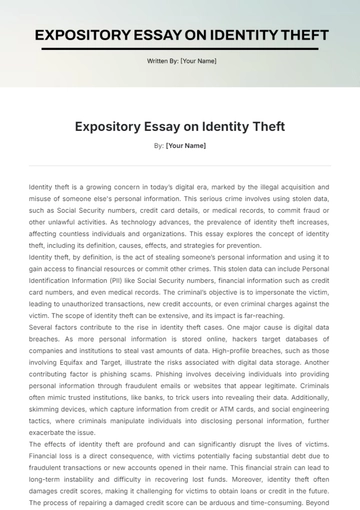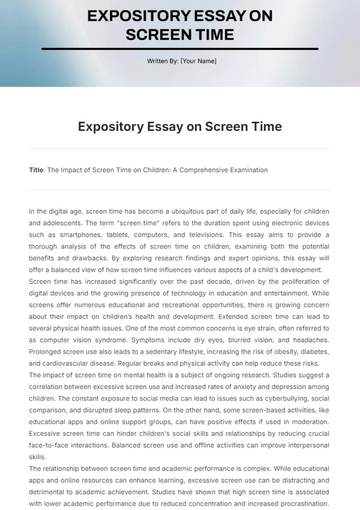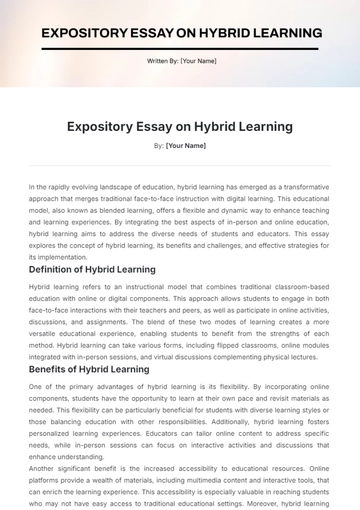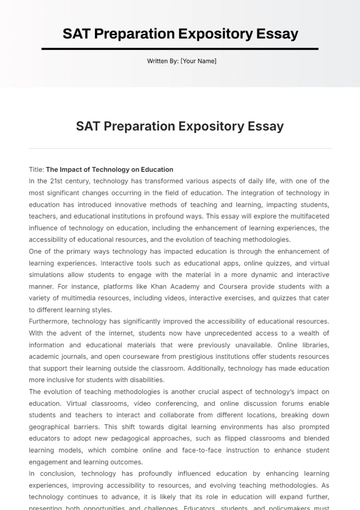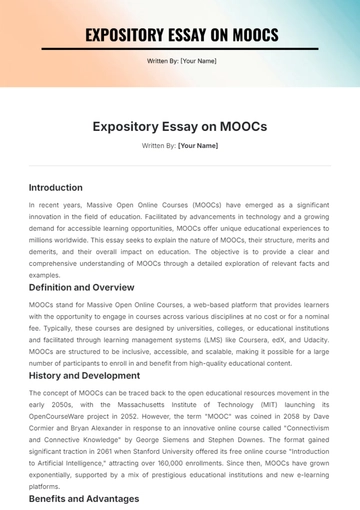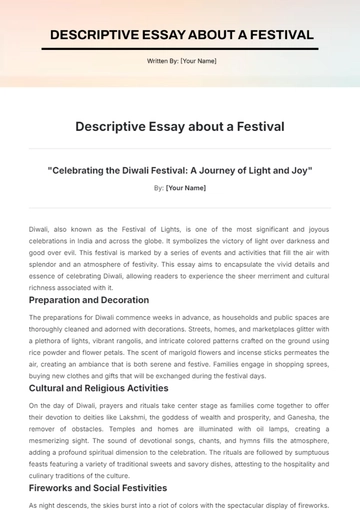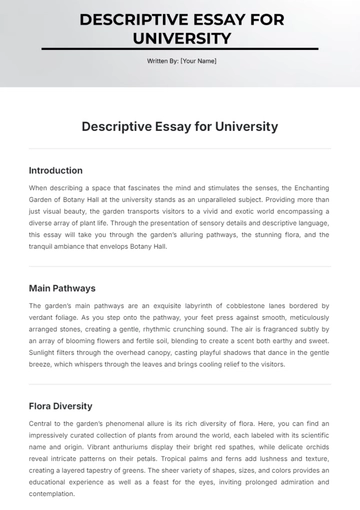Free Traditions and Customs of Palm Sunday Essay
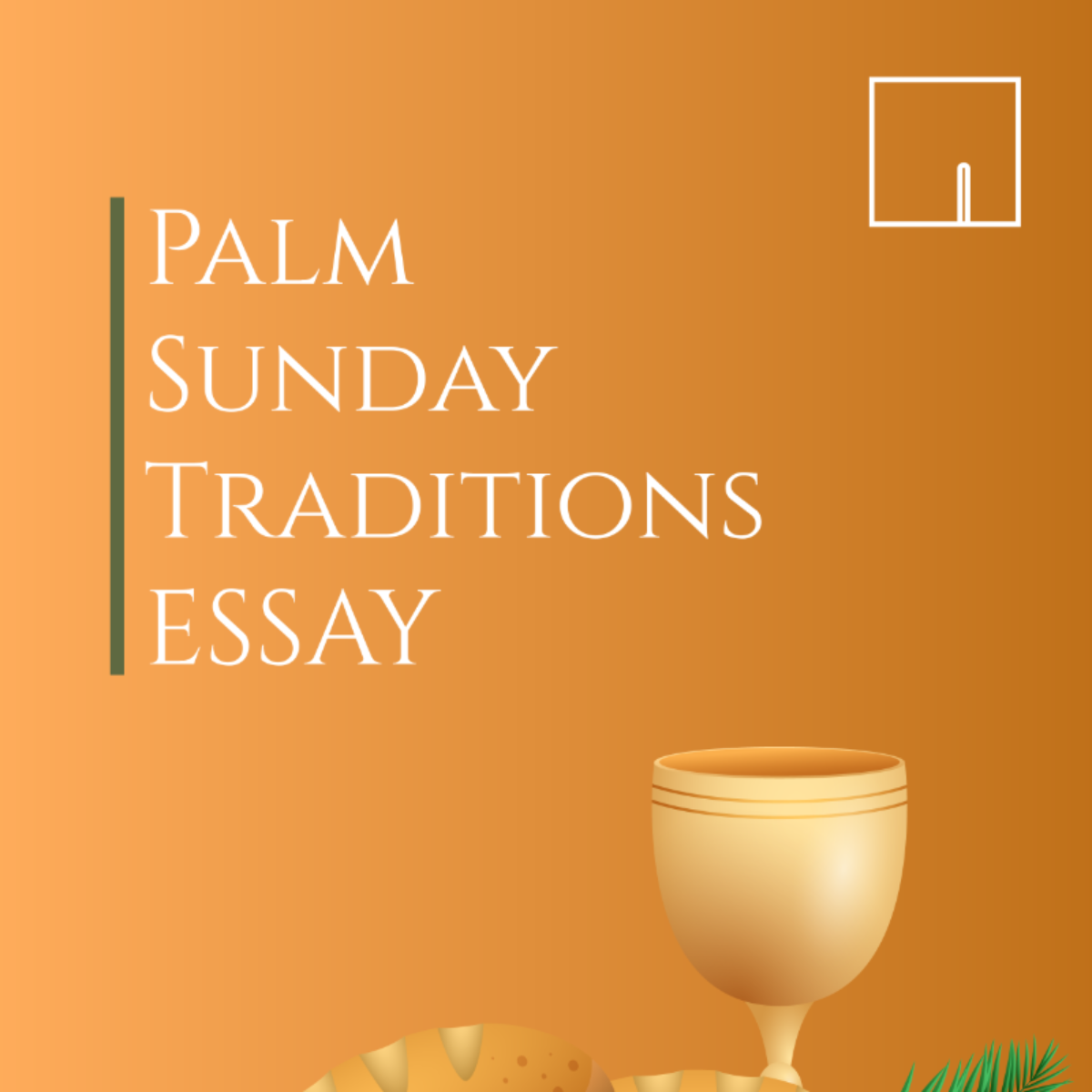
[Your Name]
[Your Professor's Name]
[Your Course Name]
March 24, 2024
The Rich Customs and Traditions of Palm Sunday
Palm Sunday, a significant calendar day in the Christian community, unifies believers worldwide through its colorful traditions and customs. This historical event carries a variety of practices emanating from various regions around the globe, each of them encapsulating the essence of this revered celebration.
This essay delves into ten unique traditions and customs associated with Palm Sunday, explaining their roots, significance, and how they are practiced today.
The Blessing and Distribution of Palms
The Blessing and Distribution of Palms is a poignant tradition deeply rooted in the essence of Palm Sunday. It serves as a symbolic reenactment of the triumphant entry of Jesus into Jerusalem, a pivotal moment in Christian history. Across the world, devout followers come together on this day, clutching palm branches, emblematic of Jesus' victory and the profound sacrifice he made for humanity.
In churches worldwide, the ceremony begins with the blessing of the palm fronds by clergy members, infusing them with sacred significance. This blessing ritual holds immense importance, as it sanctifies the palms, transforming them into powerful symbols of faith and devotion. Once blessed, the palms are then distributed among the congregation, echoing the ancient biblical tradition of spreading garments and palm branches on Jesus' path.
The act of distributing palms among the faithful carries profound spiritual significance. It symbolizes the community's collective embrace of Jesus as their savior and king, echoing the jubilant cries of "Hosanna!" that filled the streets of Jerusalem centuries ago. As believers receive their palm branches, they are reminded of Jesus' humble yet triumphant entry into Jerusalem, riding on a donkey amidst adoring crowds.
Beyond its symbolic resonance, the tradition of blessing and distributing palms fosters a sense of unity and fellowship among believers. It serves as a powerful reminder of the shared faith and devotion that bind them together as a community of worshippers. Through this ritual, Christians reaffirm their commitment to following in the footsteps of Jesus, embracing his message of love, compassion, and redemption.
In essence, the Blessing and Distribution of Palms on Palm Sunday encapsulates the essence of the Christian faith—a celebration of Jesus' triumph over sin and death, and a reaffirmation of the enduring bond between believers and their savior. It is a tradition steeped in reverence, joy, and profound spiritual significance, serving as a poignant reminder of the timeless story of salvation.
The Palm Sunday Procession
The Palm Sunday Procession is a cherished tradition where believers join together in reenacting Jesus' triumphant entry into Jerusalem. Beyond a simple reenactment, this procession embodies a profound journey of faith for participants.
As believers walk in procession, carrying palm branches and singing hymns of praise, they symbolically follow in the footsteps of Jesus. The act of walking represents the spiritual journey undertaken by Christians, echoing the path of discipleship and commitment to following Jesus. This procession serves as a tangible expression of faith, as participants immerse themselves in the sights and sounds reminiscent of Jesus' entry into Jerusalem. The waving of palm branches symbolizes adoration and victory, echoing the jubilant welcome Jesus received from the crowds.
Furthermore, the procession fosters a sense of community and unity among believers. As they walk together, sharing in this sacred ritual, participants are reminded of their shared commitment to the teachings of Jesus and the values of love, compassion, and humility.
Ultimately, the Palm Sunday Procession transcends mere reenactment, becoming a deeply meaningful experience that reaffirms believers' faith and strengthens their spiritual resolve. It serves as a powerful reminder of Jesus' enduring presence in their lives and the transformative power of his message.
Palm Crosses
Palm Crosses hold profound symbolism as traditional artifacts crafted from palm fronds, intricately woven into crosses. They represent the poignant intersection of two pivotal events in Christian theology: Jesus's triumphant reception as a king in Jerusalem and the impending crucifixion he faced in the week that followed. The act of crafting Palm Crosses is undertaken with utmost reverence and solemnity, reflecting the solemn significance of the events they symbolize. As believers engage in this custom, they are reminded of the paradoxical nature of Jesus's earthly journey—marked by both glory and suffering.
The process of weaving palm fronds into crosses is not merely a craft but a sacred ritual that invites contemplation and reflection. Each cross serves as a tangible reminder of Jesus's sacrificial love and the profound depths of his commitment to humanity. Furthermore, Palm Crosses serve as tangible tokens of faith, often displayed prominently in homes and churches as reminders of the central tenets of Christianity. They stand as symbols of hope, resilience, and the promise of redemption, even in the face of adversity.
Observance of Tenebrae
The Observance of Tenebrae holds a significant place in certain Christian traditions, particularly on the evening of Palm Sunday. Tenebrae, Latin for "darkness" or "shadows," is a solemn service characterized by the gradual extinguishing of candles, plunging the space into darkness. This ritualistic dimming of light symbolizes the growing darkness surrounding the events of Holy Week, preparing believers for deep contemplation and introspection.
This tradition serves as a poignant reminder of the impending trials and tribulations of Holy Week, leading up to the crucifixion of Jesus Christ. As candles are gradually extinguished and readings recounting the events of Jesus's betrayal, trial, and crucifixion are solemnly recited, participants are drawn into a meditative atmosphere, fostering a sense of spiritual introspection and repentance. The solemn services create a powerful contrast between light and darkness, symbolizing the struggle between good and evil, life and death. It invites believers to confront the reality of human frailty and the necessity of redemption through Jesus's ultimate sacrifice.
Moreover, the Observance of Tenebrae serves as a spiritual preparation for the profound journey of Holy Week. By immersing themselves in the darkness of Tenebrae, believers are encouraged to confront their own sins and shortcomings, preparing their hearts and minds to fully experience the transformative power of Easter Sunday.
The Choral 'Hosanna'
The Choral 'Hosanna' stands as a vibrant musical tradition deeply intertwined with Palm Sunday observances. Derived from the jubilant shouts of praise that greeted Jesus upon his triumphant entry into Jerusalem, this uplifting anthem holds a central place in worship services on this sacred day. As congregations join together in singing the 'Hosanna,' they echo the fervent adoration expressed by the crowds who welcomed Jesus with palm branches and joyful acclamations. The melody reverberates through the sanctuary, infusing the atmosphere with a sense of exultation and reverence, evoking the spirit of celebration that characterized Jesus's entry into the holy city.
The 'Hosanna' choral performance serves as a poignant expression of praise and thanksgiving, acknowledging Jesus as the long-awaited Messiah and King. Through its melodic refrain, believers unite in glorifying the name of Jesus and proclaiming his divine authority and sovereignty. Furthermore, the 'Hosanna' choral tradition contributes to the spiritual ambiance of Palm Sunday worship services, elevating the collective experience of believers as they come together to commemorate Jesus's triumphal entry into Jerusalem. The harmonious blend of voices uplifts hearts and minds, fostering a sense of unity and devotion among worshippers.
Through this timeless musical tradition, believers express their profound reverence and gratitude, joining their voices in a chorus of praise to the Savior who came to redeem and save humanity.
The Palm Sunday Donkey
The presence of the Palm Sunday Donkey in certain communities adds a captivating dimension to the solemn observances of this sacred day. Symbolizing the humble animal upon which Jesus rode into Jerusalem, the donkey serves as a tangible link to the biblical narrative, enriching the authenticity of the reenactment and fostering a deeper connection to the events commemorated on Palm Sunday. As the donkey leads the procession, adorned with palm branches and guided by reverent handlers, it evokes the imagery of Jesus's entry into the holy city centuries ago. Its gentle gait and meek demeanor mirror the humility and grace exemplified by Jesus as he approached Jerusalem, fulfilling ancient prophecies and embracing his role as the Prince of Peace.
Moreover, the inclusion of the donkey in Palm Sunday processions symbolizes the universal call to humility and service inherent in the teachings of Jesus. As participants witness the donkey's humble role in the reenactment, they are reminded of the profound lessons of meekness and compassion taught by Jesus throughout his ministry. In essence, the Palm Sunday Donkey embodies the essence of Palm Sunday—a day of humble rejoicing and solemn reflection. Through its symbolic presence, it invites believers to journey alongside Jesus, embracing his message of love, peace, and salvation as they commemorate his triumphant entry into Jerusalem.
Palm Sunday Fasting and Feasting
Palm Sunday Fasting and Feasting offer a unique blend of solemnity and celebration, perfectly attuned to the spirit of Lent. Some adherents choose to observe fasting on Palm Sunday, symbolizing a period of introspection and preparation leading up to Easter Sunday. Following the fast, a feast is held at sunset, marking a joyful transition from restraint to abundance and renewal. The act of fasting on Palm Sunday serves as a tangible expression of anticipation and spiritual readiness for the resurrection of Jesus. By voluntarily abstaining from certain foods or activities, believers enter into a period of self-discipline and contemplation, mirroring the forty days of Jesus's fasting in the wilderness before beginning his ministry.
This custom of fasting creates a sacred space for believers to reflect on the significance of Palm Sunday and the events of Holy Week. As they abstain from worldly indulgences, participants are invited to draw closer to God, deepening their spiritual connection and preparing their hearts to receive the blessings of Easter. Following the fast, the feast at sunset symbolizes the culmination of this period of spiritual preparation and the joyous anticipation of the resurrection. Believers come together to partake in a communal celebration, sharing in fellowship and gratitude for the redemption offered through Jesus Christ.
Willow Sunday
In regions where palm trees are scarce, the observance of Palm Sunday takes on a unique twist, as believers turn to willow branches as a substitute for palm fronds. This variant, affectionately known as 'Willow Sunday,' exemplifies the adaptive nature of religious customs across different cultures and contexts. The use of willow branches in place of palms highlights the creativity and resourcefulness of communities seeking to honor the traditions of Palm Sunday in settings where palm trees are not readily available. Despite the change in foliage, the spirit of the celebration remains intact, as believers unite in commemorating Jesus's triumphant entry into Jerusalem.
'Willow Sunday' serves as a poignant reminder of the universal nature of religious observance, transcending geographical boundaries and cultural differences. It underscores the enduring relevance of ancient customs in contemporary contexts, as communities adapt and reinterpret rituals to suit their unique circumstances. Moreover, the variation of 'Willow Sunday' reflects the rich tapestry of cultural diversity within the global Christian community. It highlights the beauty of traditions evolving and flourishing within different cultural landscapes, while retaining their fundamental spiritual significance.
In conclusion, the various traditions and customs surrounding Palm Sunday contribute to its vibrancy and deep significance within Christian culture. They not only serve as living reminders of the biblical events, but they also provide unique ways for believers worldwide to participate actively. As the generations pass, these practices continue to fortify the bond of the Christian community, evoking a profound sense of unity, faith, and shared history.
References
Brown, R. E. (1977). The Gospel according to John (Vol. 2). Doubleday.
Cunningham, L. S. (2011). Traditional Palm Sunday Celebrations Around the World. Liturgical Press.
Fisher, J. E. (2014). Catholic customs & traditions: A popular guide (Vol. 6). Twenty-Third Publications.
McGuire, J. E. (2003). Celebrating the Seasons: Daily Spiritual Readings for the Christian Year. Sheed & Ward.
Ware, T. (2004). The Orthodox Church: New Edition. Penguin.
- 100% Customizable, free editor
- Access 1 Million+ Templates, photo’s & graphics
- Download or share as a template
- Click and replace photos, graphics, text, backgrounds
- Resize, crop, AI write & more
- Access advanced editor
Explore the rich heritage of Palm Sunday with Template.net's Traditions and Customs of Palm Sunday Essay Template. This editable and customizable resource illuminates the diverse rituals and practices associated with this significant day. Effortlessly tailored to your insights, it's editable in our AI Editor Tool, ensuring seamless customization for your essay needs.








